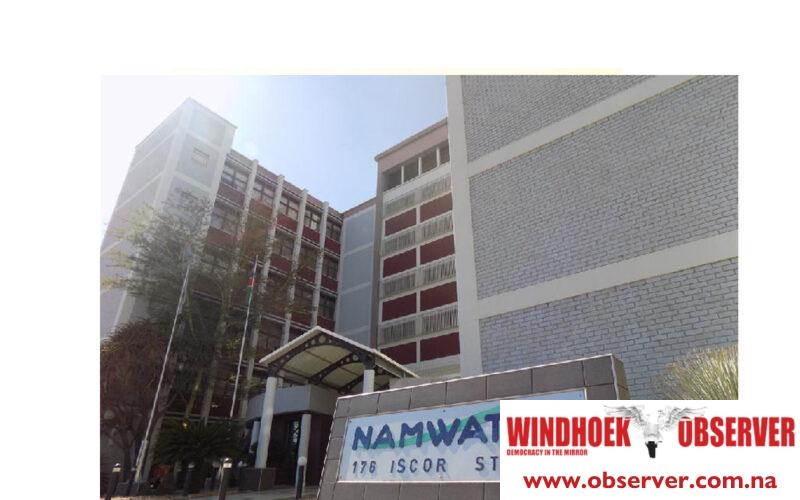Martin Endjala
NamWater has initiated various projects across the country to address increasing water demands, including a second desalination plant in partnership with the Swakopmund Uranium at the coast.
On Wednesday, NamWater’s chief executive officer, Abraham Nehemia, during an information-sharing session at the Government Information Centre (GIC) in Windhoek, said the project is a joint venture with NamWater on Wednesday.
“They have the funds to complete the project. As NamWater, we were going to mobilise these funds elsewhere, which are in the region of N$2.5 to N$3 billion, in order to complete this project, but the mine has availed funds since it’s a joint venture. We are also mobilising some of these funds,” he said.
Nehemia said the project is currently at an advanced stage, adding that they need to put the plant in place between 18 months and two years after the financial closure.
“We expect the financial closure to happen before the end of this calendar year. 18 months or 2 years from next year, we expect that we could be able to drink water from this plant,” he said.
He clarified that the project’s design consists of three phases.
According to him, the first phase involves establishing the plant, while the second phase caters to coastal needs. Additionally, they plan to expand the plant to supply water inland, specifically in Windhoek and Gaborone.
According to Nehemia, Namibia and Botswana have established a bilateral committee to investigate the project, and the committee frequently convenes to discuss project-related issues.
“For us as NamWater, we are not focused on the committee; the line ministry executive director is part of that committee, and queries should be directed to the ED in terms of where the committee is currently at. We are more focused on making sure the plant is completed and up and running to supply water to the needs of the people,” he stated.
He said that excess water is a human right, which is why the current water tariffs exist. The tariffs paid by mines due to the Orano company’s private desalination plant are approximately N$40 cubic metres.
He added that NamWater scrutinises tariffs before granting them and has not increased them in the previous five years.
He said that the cabinet, not an independent body like the Electricity Control Board, regulates tariffs.
“We understand the human aspect, which is why we continue to be considerable when increasing tariffs. If you look at NamPower, which also uses water to generate water, it has been increasing yearly, but we haven’t. In this regard, we can say NamWater has the plight of the people at heart,” he said.
Namwater has also recently completed groundbreakings for water treatment plants to upgrade or extend in various regions. Among other things, the Rundu purification plant costs N$660 million, while the Outapi purification plant costs N$123 million. The estimated cost of these ongoing projects exceeds N$1 billion.
Nehemia pointed out that the bulk water utility still faces financial challenges, with its current debt said to be over N$2 billion.
He said that NamWater and the Urban and Rural Development Ministry are working together to find amicable solutions to lower the local authority’s debt.
Despite its financial hurdles, the CEO asserted that the utility is working around the clock to complete most of the projects and future ones to ensure that in the next 20-30 years, Namibia will have a sufficient water supply in all regions.




